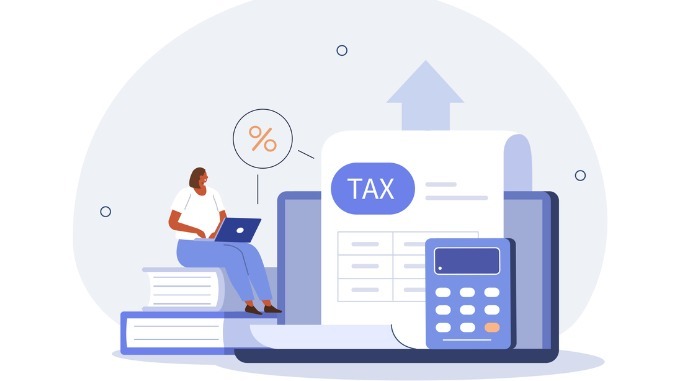
Last November’s autumn statement has helped clarify legal obligations relating to the government’s Make Tax Digital (MTD) programme. But with the end-of-year tax deadline looming, what is involved and how can businesses reduce the complication of going digital?
With tax returns due by January 31st, many businesses will be looking at ways to better manage their tax processes and deal with the potentially complex task of digitising documents required by the Make Tax Digital programme. To meet the deadlines for transitioning to digital, set for April this year, many are turning to scanner technology to help simplify and streamline the process.
PFU (EMEA) Limited’s scanning enablement tools can help simplify the digitisation process. PFU offer a range of personal productivity scanners, such as ScanSnap, that take the complications out of document imaging, offering one-touch usability and a smarter way to work! Users can scan everyday documents and seamlessly link to cloud accounts, smart devices and applications.
ScanSnap scans your document, offering intuitive clean-ups and presenting the best scan first time. ScanSnap comes with a host of productivity-enhancing bundled software to help save time and mitigate error. For businesses looking to digitise their documents, scanner technology boasts a host of benefits.
Improved productivity
Document scanning helps workers to find the information they need when they need it. This helps save time as they find documents quickly and easily. When it comes to ensuring documents are kept up to date and compliant, instant access ensures auditing and updating records is simple. Storing scanned data together allows users to access documents via smart devices and through cloud services.
Compliance and organisation
Scanning keeps things simple and efficient, reducing space needed by eliminating the requirement for onsite storage and negating the need for costly shredding and disposal services once the document is no longer required. Find the information you need, when you need it, while meeting legal and regulatory obligations – such as for GDPR compliance.
Sustainable and cost-efficient
In an increasingly paperless society businesses are looking for ways to reduce paper usage as well as reducing printing costs. Scanning is a paperless process, distributing documents digitally without a negative impact on the environment. If documents are scanned, less paper is wasted, less transport means a reduced carbon footprint and mitigates landfill use. Bundled OCR software means documents can be scanned and instantly converted to editable Word, Excel or PowerPoint files.
While the imperative to move to a paperless system to meet the requirements of the MTD programme can be a major driving factor for digitising, tech-savvy businesses are already looking for ways to streamline their document storage processes and improve their sustainability credentials. Having instant access to information, safely stored and accessible from any place – whether working remotely or in the office, allows companies to work more securely and efficiently.
NB: Making Tax Digital (MTD) is a government scheme created to encourage businesses to manage their tax records online using dedicated software. It aims to simplify the process of recordkeeping and payment and ease the burden of costly administrative errors.
For more enablement tools to help you position and understand the opportunity around scan, please sign up to PFU’s partner portal at – https://partner.imaging-channel-program.com/prm/english/c/imaging_channel_program


Be the first to comment